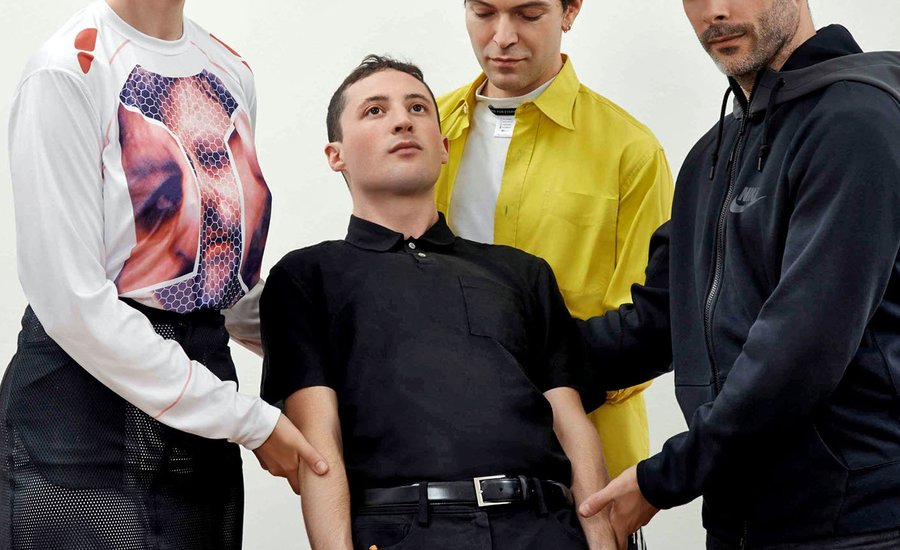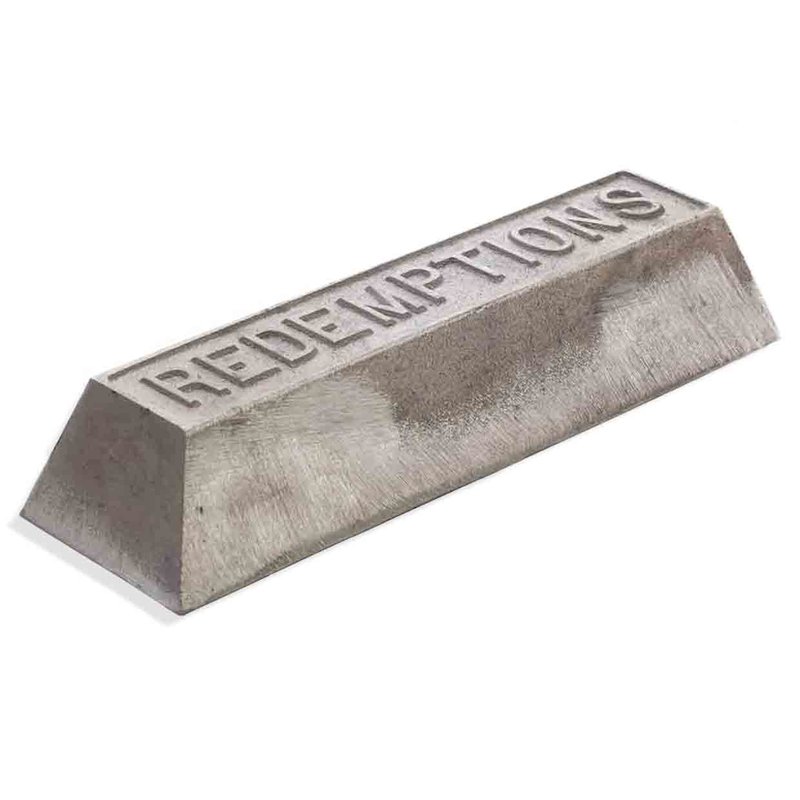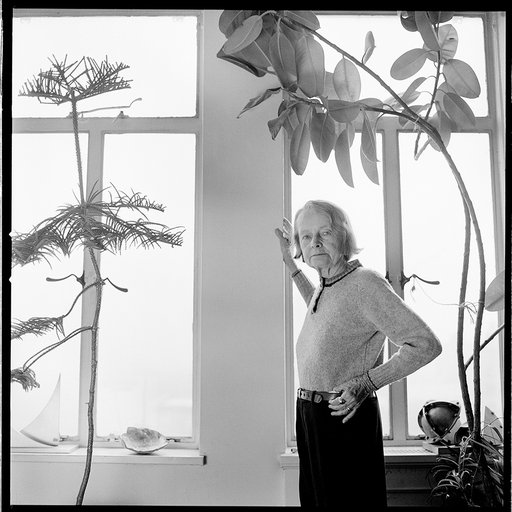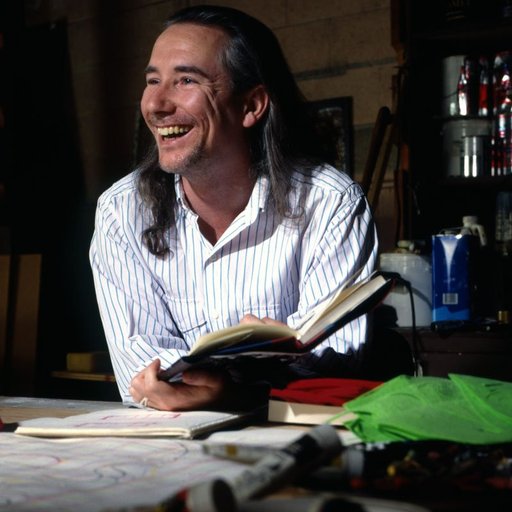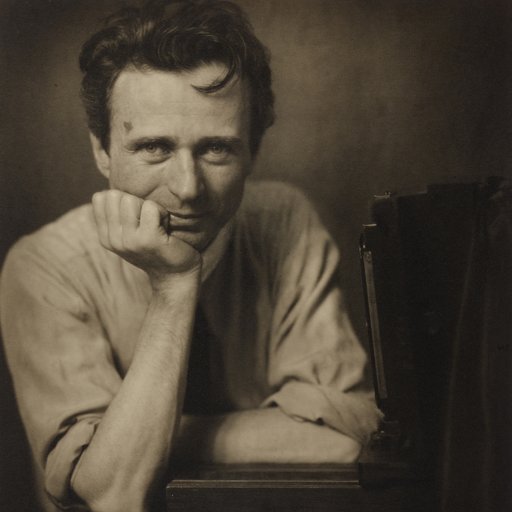Whether you're an artist or not, you know that working on a team has its pros and cons. Collaboration can be, to put it lightly, a pain in the neck; things get personal, disputes are inevitable, and unanticipated hierarchies emerge. But despite some unavoidable drama, working collectively can lead to some unexpected gems. (Like they say, two—or more—heads are better than one.) But let's be honest, "plays well with others" doesn't apply to everyone, and some folks seem naturally more adept at working well on a team. But are they? Or can effective collaboration be learned?
Successful collaboration might be a code worth cracking, which is why London-based writer and curator Ellen Mara De Wachter asked the real pros—25 leading artist duos and collectives—about what it's like to work collaboratively, and what we (artists and everyone else) can learn from their experiences. Luckily for us, De Wachter collected her findings in a book: Phaidon 's newly released Co-Art: Artists on Creative Collaboration . We dug through the paperback (which contains full interviews with artists like the Guerrilla Girls, SUPERFLEX, Elmgreen & Dragset, Lizzie Fitch/Ryan Trecartin, DIS, and many others all definitely worth the read) and found a few common threads: dispute resolution, hierarchy formation, and the notion of authorship and "genius."
In the following excerpt from Co-Art: Artists on Creative Collaboration , we share what these artists had to say about these nuanced topics. (Stay tuned for Part II , where we'll dive into topics like the distribution of labor, shared philosophies and politics, creative rituals, and market influence.)
...
 DIS,
The Island (KEN)
, 2015
DIS,
The Island (KEN)
, 2015
Question #1: How do you resolve disputes?
DIS
(Based in New York. Co-artists since 2010. Four members.)
With the more important things, we try to have a unanimous position, and sometimes it's beneficial that way. You often end up far from where you started. That's definitely productive. Sometimes someone just backs down, and that's cool. It's often about losing control. It's a different kind of practice. After I finished art school I had an art collective with four close friends—amazing people—but because no one wanted to lose control, it didn't last. In this case it's different: you have to learn to lose control. You pick your battles—if there are any—and sometimes, even if you are in disagreement, it's good. That happens because suddenly you lean how to negotiate and something that you might not have found interesting can become interesting.
GUERRILLA GIRLS
(Based in New York. Co-artists since 1985. Over 55 members since formation)
Often we argue about details. Sometimes one or more of us will agree to disagree and let a project go live, even if they aren’t crazy about it. Sometimes it is sheer determination and stamina that gets a project to the finish line past all kinds of obstacles.
LOS CARPINTEROS
(Based in Havana and Madrid. Co-Artists since 1992. Two members.)
Ideas are always welcome in the bank. The point is whether an idea can go further or just stay in the bank—this is the question. It’s very difficult but it’s part of the collaboration—and disagreement is part of this. We have to create a mechanism to enable things to exist, in one way or another. Sometimes an idea doesn’t work today, but in ten years it’s the best idea you have. You have to be patient and give it a chance and you have to be collaborative.
RAQS MEDIA COLLECTIVE
(Based in New Delhi. Co-artists since 1992. Three members.)
We leave them unresolved so as to allow them to germinate as points of departure in the future.
BROOMBERG & CHANARIN
(Based in London. Co-artists since 2000. Two members.)
I think it's about a sense of ownership. It needs to feel like a shared ownership of something, a shared investment for it to sit comfortably. The wrestle is such an important part of this process. When I look back, I see how ideas come back. Often, we'll be working on a project where one of us is very excited about an idea that somehow doesn't work, or we can't reach a consensus. When that happens, we move on to something else, but it comes back later, at another time, in another context. Having realized that, we are both a little less possessive, because we can say, 'We'll put that aside right now, it's going to come back again.'
ASSEMBLE
(Based in London. Formed in 2010. Twenty members.)
People are always quite surprised that we have been going for so long without any obvious rifts or problems. It's partly because the whole thing has never had a manifesto, so it has evolved naturally between individuals and we have always considered everyone's opinion equally valid; there is no party line to disagree with. It's interesting how people outside Assemble perceive us. We often get people saying we are interested in the community and that we have a social agenda and are really political, when actually it could all change tomorrow, because Assemble is representative of the people within it.
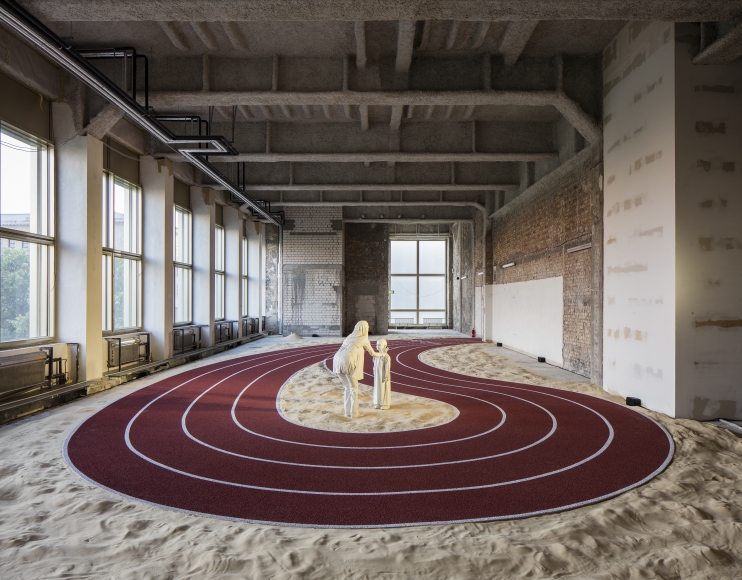 GCC,
Positive Pathways (+)
, 2016
GCC,
Positive Pathways (+)
, 2016
Question #2: Is there a hierarchy in the group?
GCC
(Formed in 2013. Eight members.)
Despite our namesake [that references the Gulf Cooperation Council], there is no hierarchy, and we try to keep things as fair as possible and take into consideration the different temperaments existing in the group. It is tricky to balance issues of hierarchy when the weighing of workload shifts now and then, but over time we are getting better at managing this. We try to achieve balance in our decision-making through voting and extending discussions. However, each person comes with a different knowledge base and we rely on those people to assert themselves at key moments. Whether it's deciding the quantity of sand to budget for an installation, the quality of a sound piece or logistical issues with video production, there are definitely times when one person's knowledge will shape the direction of a project or influence a key decision.
RAQS MEDIA COLLECTIVE
Probably, yes. A shifting one! We recognize that each of us has varying degrees of stoicism, idiosyncrasy, whimsy, fragility and amnesia. These also change—sometimes over a day, sometimes over years. A hierarchy gets produced in moments of crossover and disconnection between these degrees of our dispositions.
GUERRILLA GIRLS
Over time hierarchies of experience and expertise have become inevitable, but new members bring fresh ideas that are equally important. Three heads are always better than one, but some times too many heads spoil the stew. We pass projects around to make sure our message is clear.
THE PROPELLER GROUP
(Based in Ho Chi Minh City, Vietnam and Los Angeles. Co-artists since 2006. Three members.)
One thing we often do is work with someone outside the group to realize an artwork. In this regard the production process becomes less about a hierarchy within the group and more about a hierarchy of the group—the group being the director and each one of us becoming contributors to that direction in some way.
SUPERFLEX
(Based in Copenhagen. Co-artists since 1993. Three members.)
Tax-wise, I think one of us is formally the leader and we are a registered company. Each of us is an equal partner in the company. Of course there are hierarchies, and they change over time, but there's no official 'lead singer.' We work with a model in which the person who insists the most gets what they want. We don't vote on decisions. Persistence is a strong factor, and we take turns all the time. There is a process of arguing, fighting and then suddenly you feel that there is an answer in the air, and everybody knows: 'Okay, here it is.' It's not spiritual inspiration, it's more like trench warfare, and suddenly the front line is somewhere else. It happens all the time, and people change positions in discussions.
In terms of hierarchies, there is also the question of participation, which is a buzzword in our generation, and there are always two sides to that. I am absolutely for participatory processes in any kind of democratic decision-making process; it usually makes things more fun, people are part of it. But one should also be aware—and this is one part of growing up amid the 1990s participatory trend—that participation can slo be a way of exercising power.
 Los Carpninteros,
Roller Coaster Bed
Los Carpninteros,
Roller Coaster Bed
Question #3: How do you feel about shared authorship and the notion of "genius"?
GUERRILLA GIRLS
There are many collaborative practices in other forms of contemporary culture: film, theatre, music, and TV. The concept of the individual genius artist is outdated, anyway, kept alive by an art market that needs super-expensive art objects made by “geniuses.”
LOS CARPINTEROS
We still believe in the power of the mind of a single person, but we think it’s better as a team. You know, we are ignorant of individualism. I cannot really tell you what its like to be the single guy working alone. I don’t know how it is. When I have to explain what we do to someone who doesn’t know about art, I always talk about “us,” and the person says, “what are you talking about—how many are you?” It’s hard to explain. People don’t realize we are artists working in a collective—they think we have a personality problem or some alter ego. But no, I just make work with another person!
RAQS MEDIA COLLECTIVE
All our projects are authored by Raqs. Even legally! The work that we make—artistic, textual, institutional, editorial, and curatorial—emerges and exists at the intersection and gaps of our curiosities, skills, and desires. We see authorship as a dispute and an assembly involving things, subjectivities and time. It will never rest calm. All arrangements are contingent. There is much erasure and devaluation of the presence of a multitude of others (from various folds of time) behind the stability of the author figure. Maybe the negative horizon of climate change will change the idea of sole authorship. Nobody wants to boldly sign their name as the author of this coming catastrophe.
The figure of the individual artist and the solitary intellectual, which is actually just a momentary blip in the long human history of dividuated practices and dialogic forms of thought, may have prevented a consciousness about the space of art-making as a commons from emerging in a fulsome manner. As this process gathers its own momentum, and as we get used to our own plentitude, we begin to be surprised at what we find.
DIS
It [the notion of the solo genius] isn't sustainable any more. Now that big icons such as David Bowie and other individuals have died, there's nothing that equates, because there isn't that kind of stardom any more. I think it's the same with art—there used to be a hundred big artists, now there are a thousand. Everything is diluted. That's an observation from a practical point of view. The idea of the lone genius is not in our heads any more.
Collaborative strategies are pretty pervasive, whether in terms of appropriation or working with experts in particular fields. It's pretty much endless. It's rare that someone is self-sufficient.
ELMGREEN & DRAGSET
(Based in Berlin. Co-artists since 1995. Two members.)
Collaboration is how we shaped our identity as artists. For us, doing art is the result of our ongoing dialogues, and authorship is less interesting to us. Authorship has to do with other people's labelling afterwards, like 'Elmgreen & Dragset'—the name is not even invented by us, because it sounds like an old-school law firm in a Monty Python film or something like that. Our names were shortened in biennials and big group shows because we occupied too much space with our full names (it's true!), and galleries suddenly left out our first names, so we simply became this corporate sounding brand name 'Elmgreen & Dragset.' And we thought, 'Okay. Whatever.'
GCC
Collective experience = collective authorship. There were never any personal territorial claims within the collective because even if one person comes up with an idea, usually by the time it has materialized into an artwork, the majority of the collective has made a crucial contribution to it. In producing projects, we would describe it as being something beyond authorship. We are eight people that have been thinking through a set of questions about practice and working together. None of us claims this process as property.











